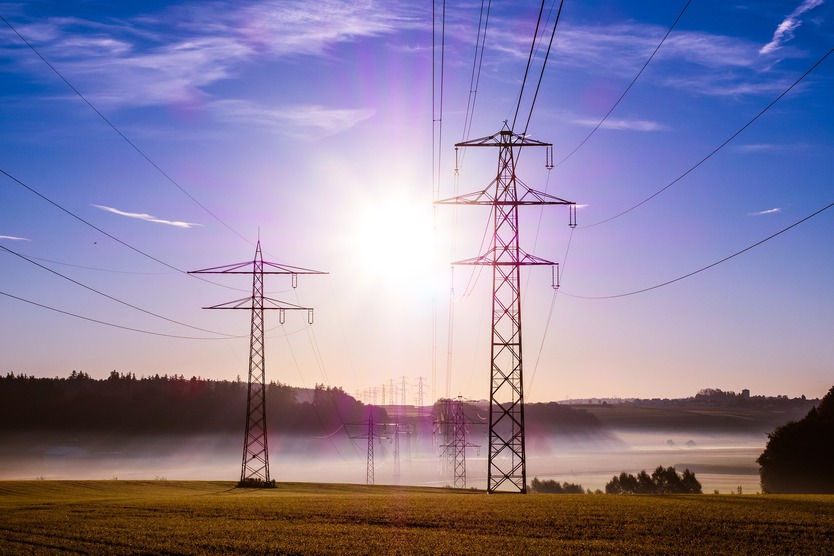
Equipment such as overhead lines, switchgear and transformers can be operated safely and fully-functionally at voltages above the rated voltages of 123 kV, 245 kV and 420 kV.
© Pixabay
Germany has one of the most reliable electricity grids in the world. But in order for it to remain stable in the process of transitioning to renewable energy, the existing transmission and distribution networks must temporarily be able to handle higher voltages.
To this end, The Network Technology/Network Operation Forum in the Association for Electrical Technologies VDE (VDE FNN) has been investigating the extent to which existing equipment can cope with voltage increases (above the maximum permissible) in a study called “Dielectric Strength”. The central findings of the study show that equipment such as overhead lines, switchgear and transformers can be operated safely and fully-functionally at voltages above the rated voltages of 123 kV, 245 kV and 420 kV – but only for limited periods and within certain frequencies.
The effects on individual equipment should be taken into account, however. For example, transformers and reactors can generate higher noise levels, while voltage transformers can generate stationary tilt oscillations. Continuous operation at a voltage higher than 420 kV could reduce the service life of a piece of equipment by 50 percent.
“In our study we show to what extent the reserves in various operating equipment can be utilized. We thus offer network operators a practical orientation for the operation and planning of their equipment,” says Heike Kerber, managing director VDE FNN in a press release.
Rules and standards for network operators must be adapted to the turnaround. One of the main purposes of the study is to close the gap between current requirements from the European Network Codes and new standards for network equipment under these altered conditions.


